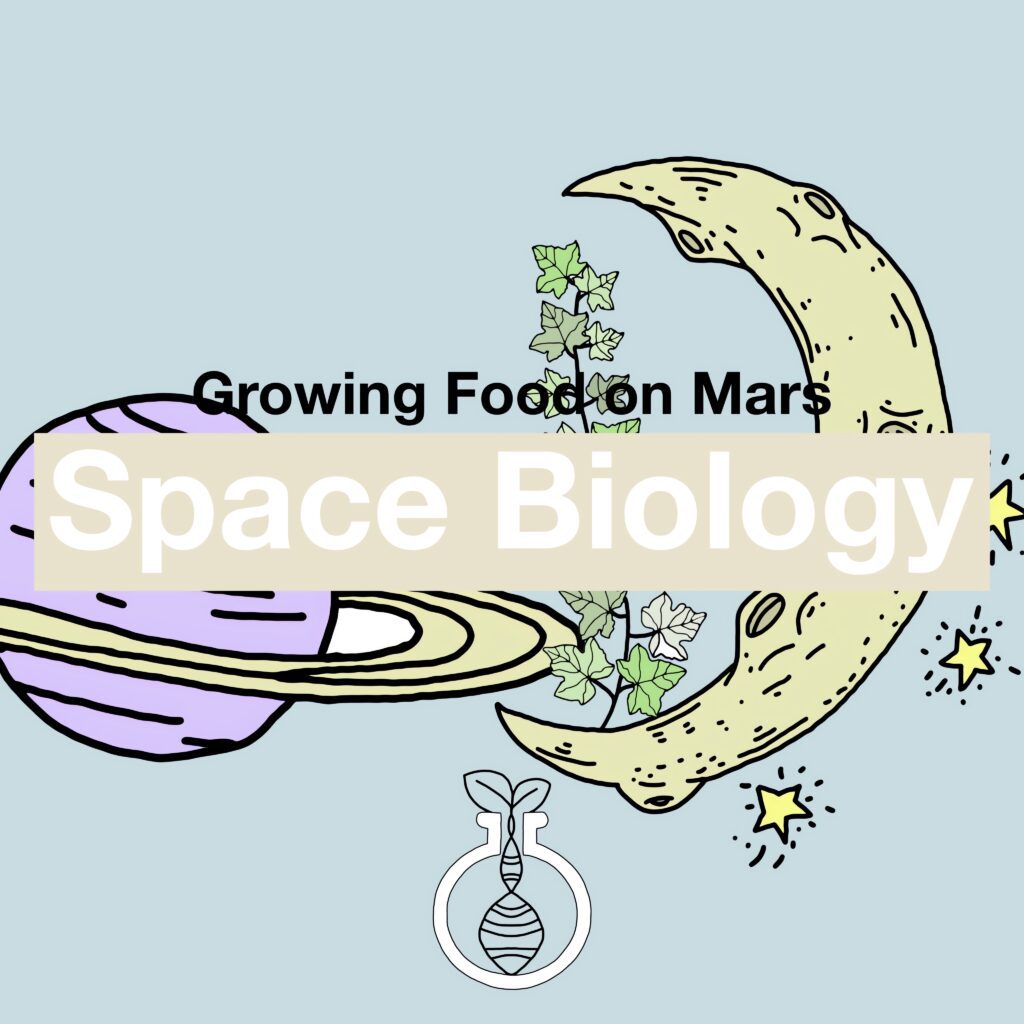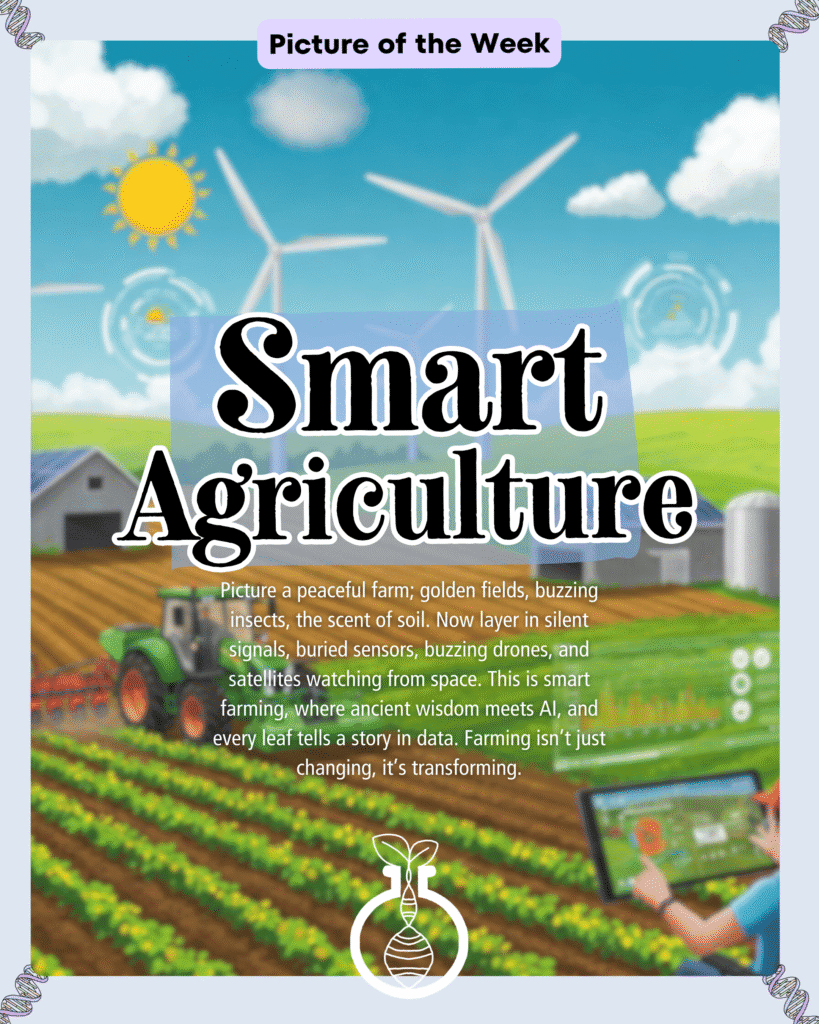Imagine a world where plants have their own hackers, tiny agents that break into their systems and reprogram them from the inside. It might sound like the plot of a sci-fi thriller, but in the world of biology, this story is real. Meet Agrobacterium, the sneaky, soil-dwelling bacterium that has earned a reputation as nature’s very own genetic engineer.

The Biological Burglar
Agrobacterium is not just any microbe, but also an expert in genetic manipulation. This intelligent bacterium, found in the soil, typically targets injured plants. When a plant is damaged, Agrobacterium seizes the opportunity and enters through the open wound. But it’s not there to heal. No, it has a much more insidious mission
This microscopic intruder carries a genetic payload in a special plasmid ,the Ti plasmid (short for “tumor-inducing”). And just like a hacker injecting malicious code into a computer system, Agrobacterium injects part of its DNA, known as T-DNA, directly into the plant’s genome. The result? The plant starts working for the bacterium, producing compounds the microbe can eat and forming large, unsightly growths called crown galls.

Turning the Tables: How Scientists Made Friends with the Enemy
Now, this is where the story gets exciting. Fascinated by Agrobacterium’s genetic quickness, scientists asked a bold question: What if we could use this natural ability to help plants, not harm them? By removing harmful genes from the Ti plasmid and replacing them with beneficial ones, researchers have turned Agrobacterium into a powerful tool for biotechnology. Today, Agrobacterium is the silent hero behind much of the genetic engineering in agriculture. Want a tomato that lasts longer? Corn that resists pests? Rice that can survive drought?

Why Agrobacterium Matters
You might wonder, “Why not just use high-tech machines for gene editing?” Well, the beauty of Agrobacterium is that it’s precise, efficient, and, here’s the kicker , it does all the hard work inside the plant. It’s like hiring a specialist who doesn’t just install software but rewrites the code deep in the system without breaking a thing.
Even more fascinating? This isn’t just a trick for crops. Agrobacterium has helped create genetically modified trees, flowers, and even opened the door to ideas about gene therapy in other organisms.

A Microscopic Marvel
So, the next time you walk through a garden or stroll by a farm, remember: deep beneath the soil, there’s a tiny bacterium with an outsized impact. Agrobacterium is more than just a pathogen. It’s a symbol of how nature’s complexity can be turned to humanity’s advantage, how even the sneakiest of microbes can become a partner in our quest to grow, innovate, and thrive.

We got inspired by those articles to create this content


My name is Ceyda Çelik, I am a passionate molecular biology and genetics student at Başkent University and also content writer for Biologyto. With a deep interest in the natural world and scientific exploration, I aim to share engaging, informative content that makes biology accessible and exciting for everyone. I’m dedicated to helping readers discover the wonders of life through science.





